Greening the textile industry from pioneering enterprises
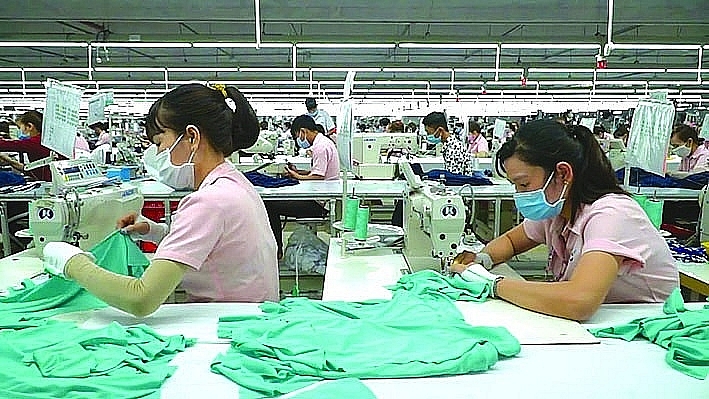 |
| May Thanh Cong has successfully researched and developed many environmentally friendly product lines. Photo: collected |
Pioneering greening
After 47 years of formation and development, Thanh Cong Textile and Garment Investment - Trading Joint Stock Company has become one of the leading textile and garment enterprises in Vietnam with products exported to most major markets such as US, EU, Japan, Korea... In recent years, May Thanh Cong has set sustainable development criteria as a guideline in its development journey. The company proactively invests in wastewater treatment systems, reduces emissions into the environment, saves and uses water resources, and uses solar energy to minimize impact on the environment.
Mr. Tran Nhu Tung, Chairman of the Board of Directors of Thanh Cong Garment Company, said that since 2015, the company had established a Research and Business Development Center (R&BD) specializing in researching and developing environmentally friendly product lines. environment, recycling from plastic bottles, sugarcane, corn, old clothes..., product lines with seasonal features and convenient product lines for life. From this center, Thanh Cong Garment launched a number of fireproof fabric products, fabrics from bagasse, corn... and produced garments from these fabrics.
Accordingly, Thanh Cong Garment has received environmental certifications (EU ECOLABEL), sustainable textile products (Sustainable Apparel Coalition/ Higg Index), Organic Content Standard (OCS) products, Global Organic Textile Standard (GOTS)), Global Recycled Standard (GRS)…
If Thanh Cong Garment's story is the transition from traditional textile production to sustainable textile production, then at Bao Lan Fabric One Member Limited Liability Company, it is the start-up journey from green fibre products.
Born into a family of traditional fabric traders, but living and studying for more than 10 years in New Zealand urged Mr. Quach Kien Lan (General Director of Bao Lan Fabric Company) to create change this industry in a more sustainable direction. Since then, in 2011, he founded Bao Lan Fabric Company Limited with the ambition to provide green materials for the textile industry, thereby promoting the green fashion trend.
Mr. Quach Kien Lan shared that Bao Lan's first product was recycled yarn, launched on the market at the end of 2011. To make this product, it took him nearly 6 months to travel throughout Vietnam, India, China, Indonesia... look for recycled fabric sources. “At that time, almost no one knew what recycled fibre was or where it was found. Some recycled fabrics that I found could not be used for textiles” - Mr. Lan recalled.
Once he found the right materials and produced the product, Bao Lan continued to spend nearly 6 months convincing customers to buy. Because at that time, no one in the market was interested in recycled fibres and everyone had a reason that the price was too high. Therefore, to sell products, Mr. Lan had to accept selling recycled yarn at the same price as conventional yarn, even though production costs were more expensive. "I have to accept losses to convince customers to experience new products" - Mr. Lan shared.
The journey of starting a business in the field of green materials for the textile and garment industry is full of hardships and challenges, but with steadfastness and belief in the "green living" trend of the market, up to now Bao Lan Fabric One Member Limited Liability Company has affirmed its leading position in providing fabrics that meet ecological standards for all order sizes. Currently, Bao Lan is developing two brands: Green Yarn and W.ELL FABRIC. In particular, Green Yarn focuses on sourcing, developing and distributing large quantities of sustainable fibres to Vietnamese garment factories; W.ELL FABRIC specializes in researching and producing natural origin fabrics of green trend such as organic cotton, coffee, bamboo... and has additional protective features. Currently, garment factories producing products for export to the US and Europe continuously order Bao Lan's ecological fabrics.
Actively relieving pressure
As one of the industries with the leading export turnover in Vietnam, textile and garment is creating jobs for about 2.5 million workers. However, the context of economic recession after the Covid-19 pandemic and fluctuations in the world economy are posing many challenges for Vietnamese textile and garment enterprises. According to experts, if we do not adapt soon, especially converting towards green and sustainable production, it will be difficult for Vietnamese textile and garment products to enter traditional markets such as the EU and US after the economy recovers.
According to Associate Professor. Dr. Nguyen Hong Quan, Director of the Institute for Research and Development of Circular Economy, Ho Chi Minh City National University, textile and garment was one of the industries that consumes resources, pollutes the environment, and has a high intensity of greenhouse emissions. Meanwhile, Vietnam's supply of raw materials is mainly imported about 70%, making it difficult for enterprises to control the quality and sustainability of the supply chain.
Mr. Vu Duc Giang, Chairman of the Vietnam Textile and Apparel Association also said that from 5 years ago, Vietnam's textile and garment industry had been under a lot of pressure from markets with requirements for green, sustainable development, emissions, wastewater, working environment, issues related to safety certificates in textile products... Among them, the European market had the most stringent requirements, followed by the US market. were also the two largest markets of Vietnam's textile and garment industry today.
Currently, the EU side has given its opinion on the use of recycled products. Brands also require Vietnamese manufacturers to adapt to market requirements for recycled products. Therefore, Vietnamese yarn manufacturers have to change some technological equipment for the spinning industry and use some products from cotton and polyester fibres mixed with recycled fibres.
In order for the green transformation in the textile industry to take place more strongly, to maintain orders and maintain traditional export markets, Associate Professor, Dr. Nguyen Hong Quan said that there needs to be coordination between agricultural industries, fields and trade, science, technology, innovation, startups, and digital technology in the process of green transformation of the textile and garment industry. In addition, it was necessary to meet the goal of promoting clean production, producing environmentally friendly products and promoting a network of sustainable links between enterprises in the textile and garment industry in industrial clusters and related parties under the price chain. The textile industry also needs to build an information database and apply modern information technology to promote the implementation of circular economic models in the textile industry.
Related News
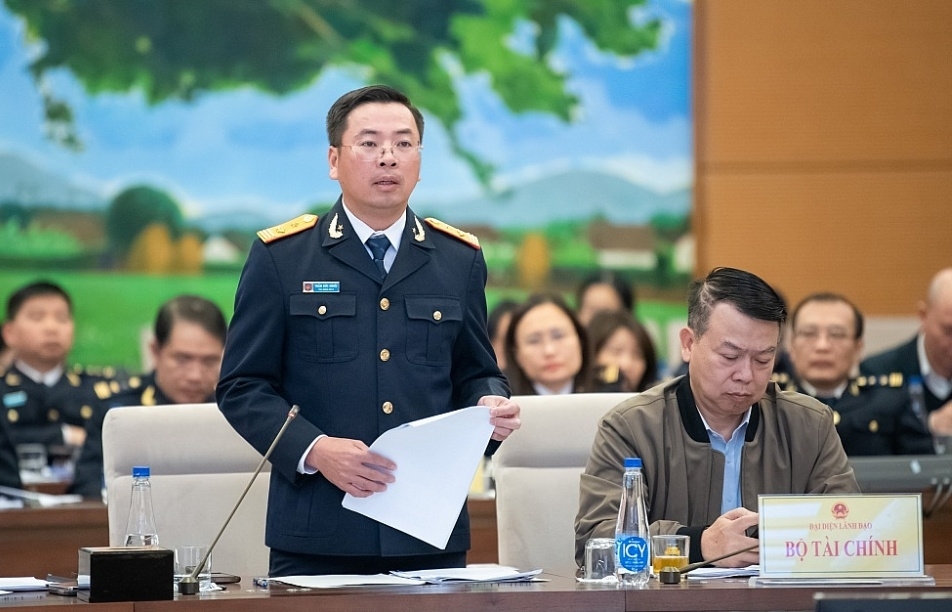
Researching and proposing amendments to 2014 Customs Law to meet the requirements of innovation
11:18 | 20/01/2025 Customs
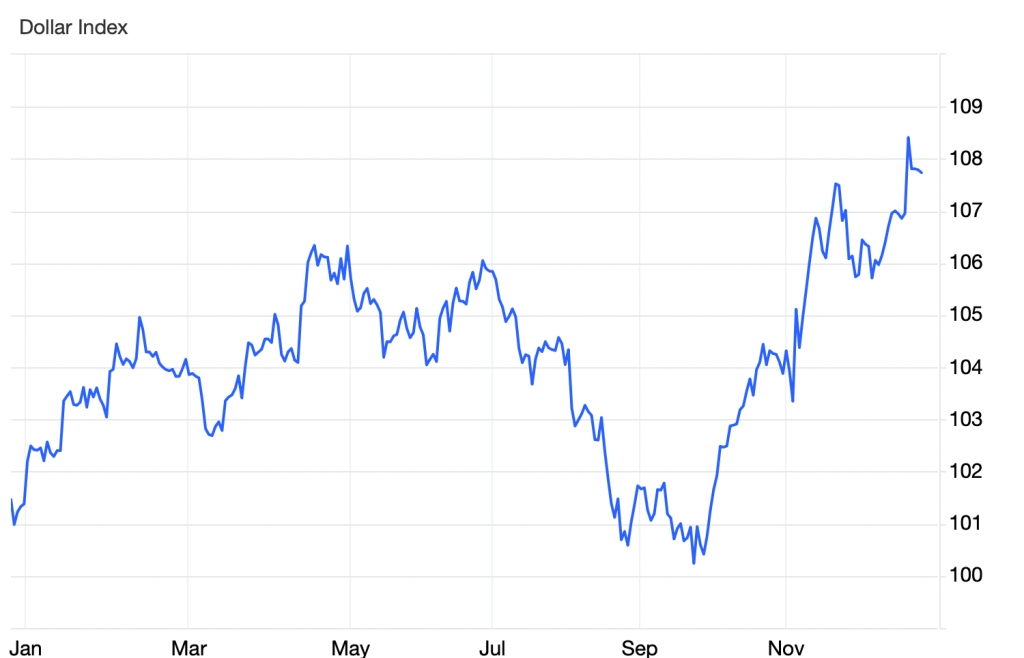
Flexible and proactive when exchange rates still fluctuate in 2025
11:03 | 30/12/2024 Finance
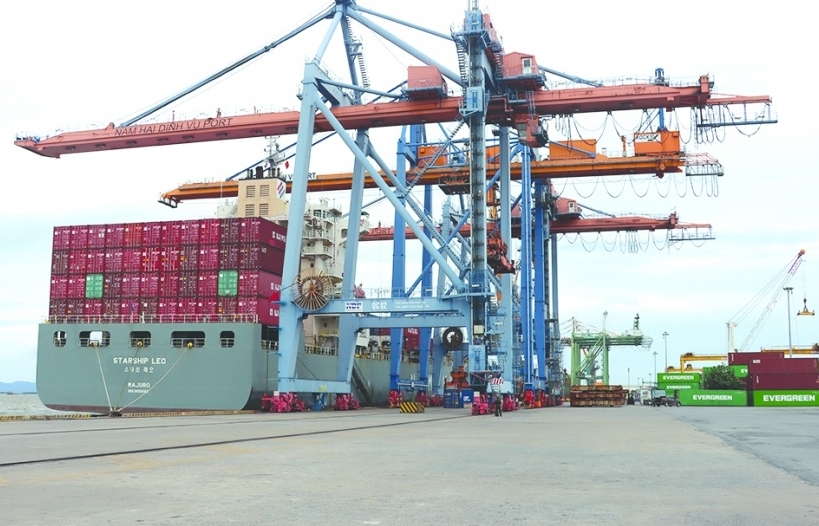
Six export commodity groups see billion-dollar growth
07:55 | 31/12/2024 Import-Export
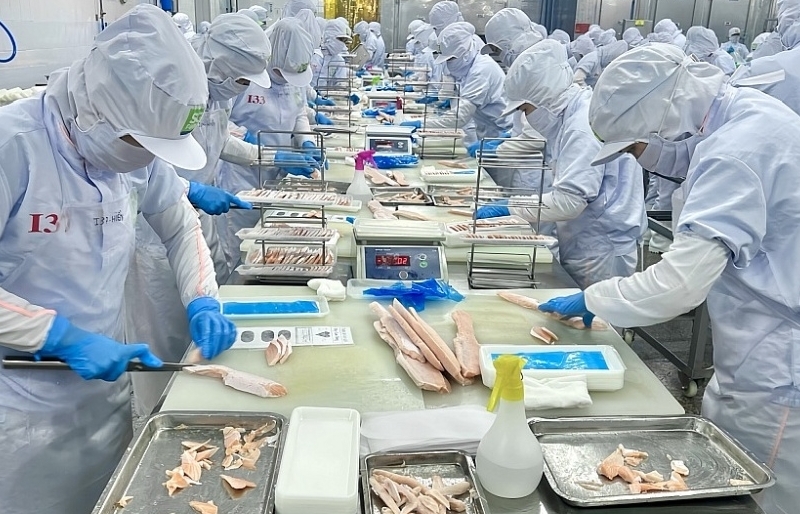
Enterprises focus on Tet care for employees
18:59 | 22/12/2024 Headlines
Latest News

Embracing green exports: a pathway to enter global supply chains
10:33 | 20/02/2025 Import-Export
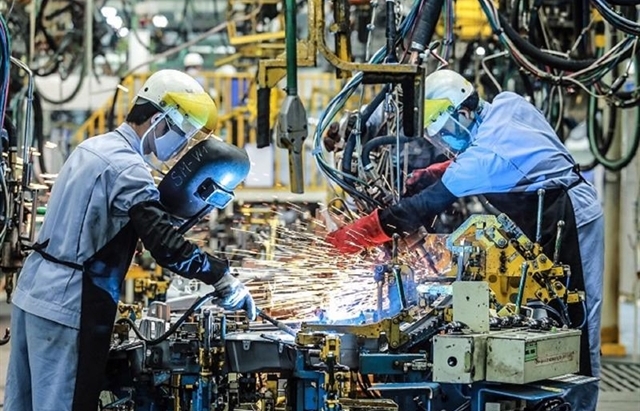
New policy proposed to prevent transfer pricing, tax evasion of FDI enterprises
10:32 | 20/02/2025 Import-Export
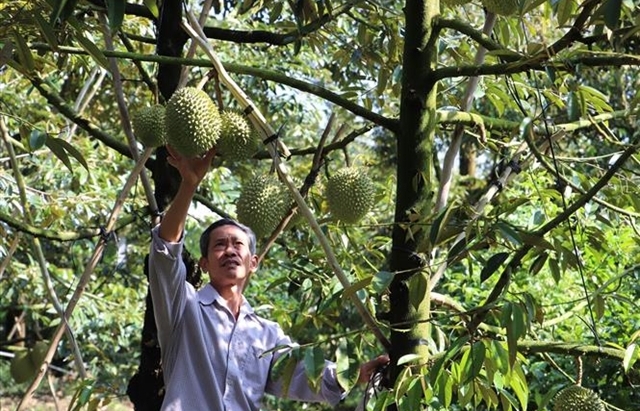
Việt Nam’s durian exports to China plummet by 80%
16:18 | 19/02/2025 Import-Export
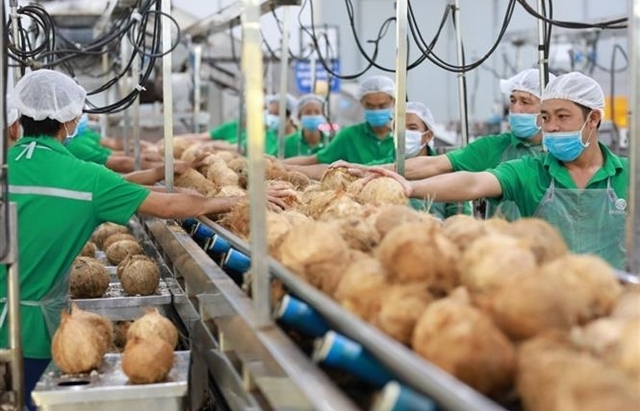
Coconut exports reach 14-year high
15:29 | 18/02/2025 Import-Export
More News

Shrimp exports grow in the first month of 2025
15:28 | 18/02/2025 Import-Export
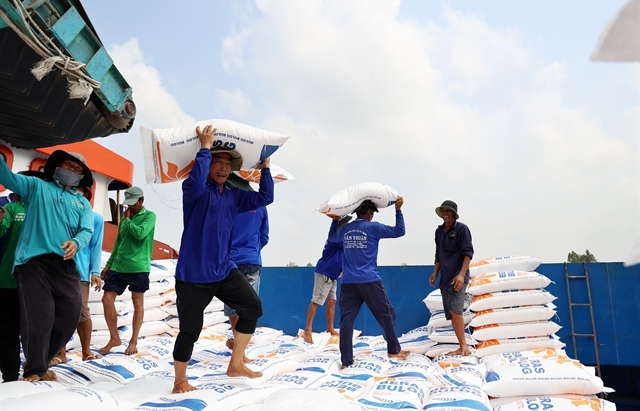
Rice export prices drop, but decline expected to be short-term
08:10 | 17/02/2025 Import-Export
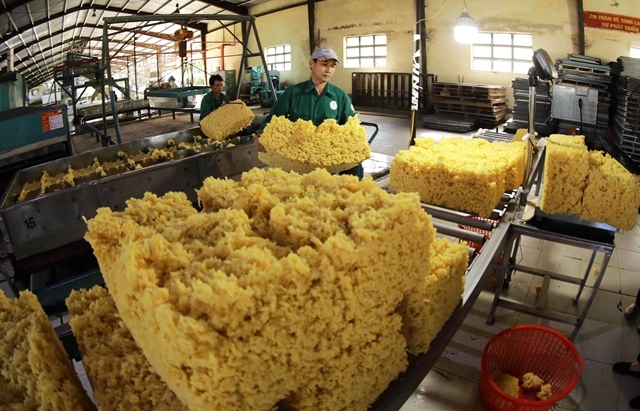
Key agro products expected to maintain export growth this year
08:08 | 17/02/2025 Import-Export
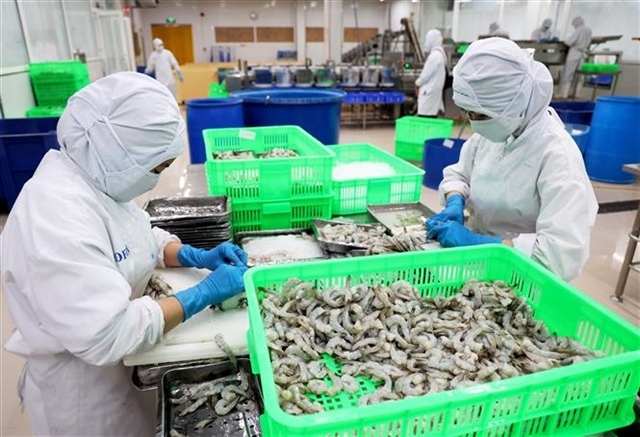
EU issues 12 warnings against Việt Nam’s food and agricultural exports
08:07 | 17/02/2025 Import-Export
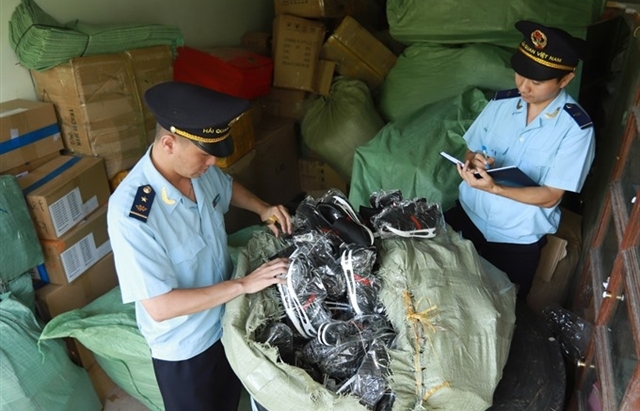
Việt Nam to impose VAT on low-value express-imported goods
08:06 | 17/02/2025 Import-Export

Exchange rate risks need attention in near future
16:31 | 15/02/2025 Import-Export
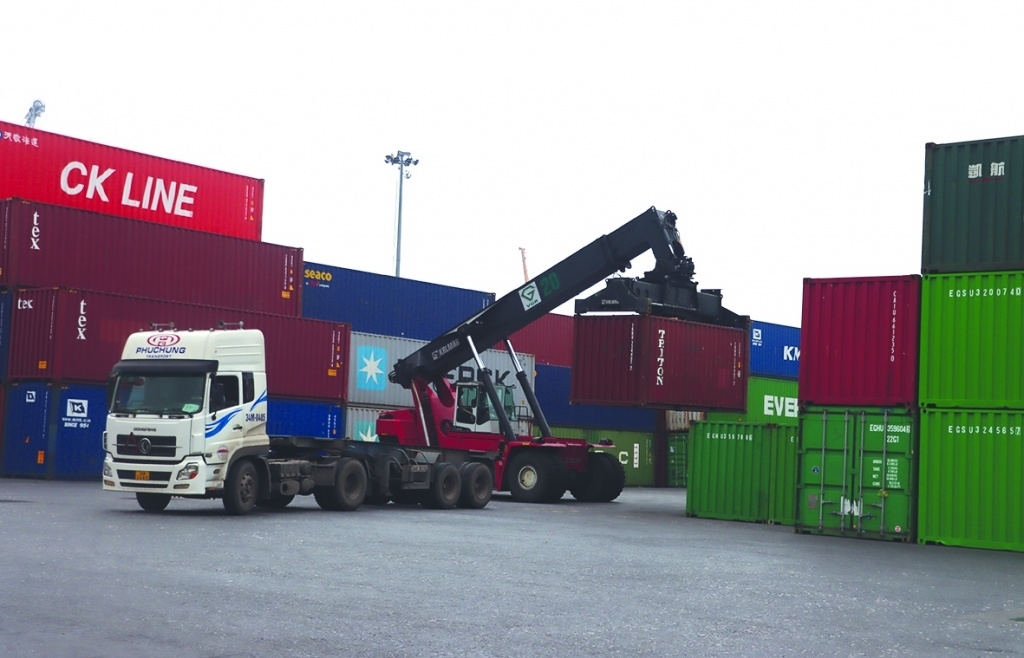
Vietnam kicked off the year with a strong start in trade, exceeding US$63 billion in the first month
16:30 | 15/02/2025 Import-Export

Import and export turnover reaches about US$29 billion in the second half of January 2025
14:52 | 14/02/2025 Import-Export

Market edges up slightly as liquidity remains low
14:48 | 14/02/2025 Import-Export
Your care

Embracing green exports: a pathway to enter global supply chains
10:33 | 20/02/2025 Import-Export

New policy proposed to prevent transfer pricing, tax evasion of FDI enterprises
10:32 | 20/02/2025 Import-Export

Việt Nam’s durian exports to China plummet by 80%
16:18 | 19/02/2025 Import-Export

Coconut exports reach 14-year high
15:29 | 18/02/2025 Import-Export
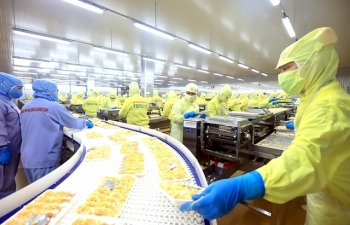
Shrimp exports grow in the first month of 2025
15:28 | 18/02/2025 Import-Export
